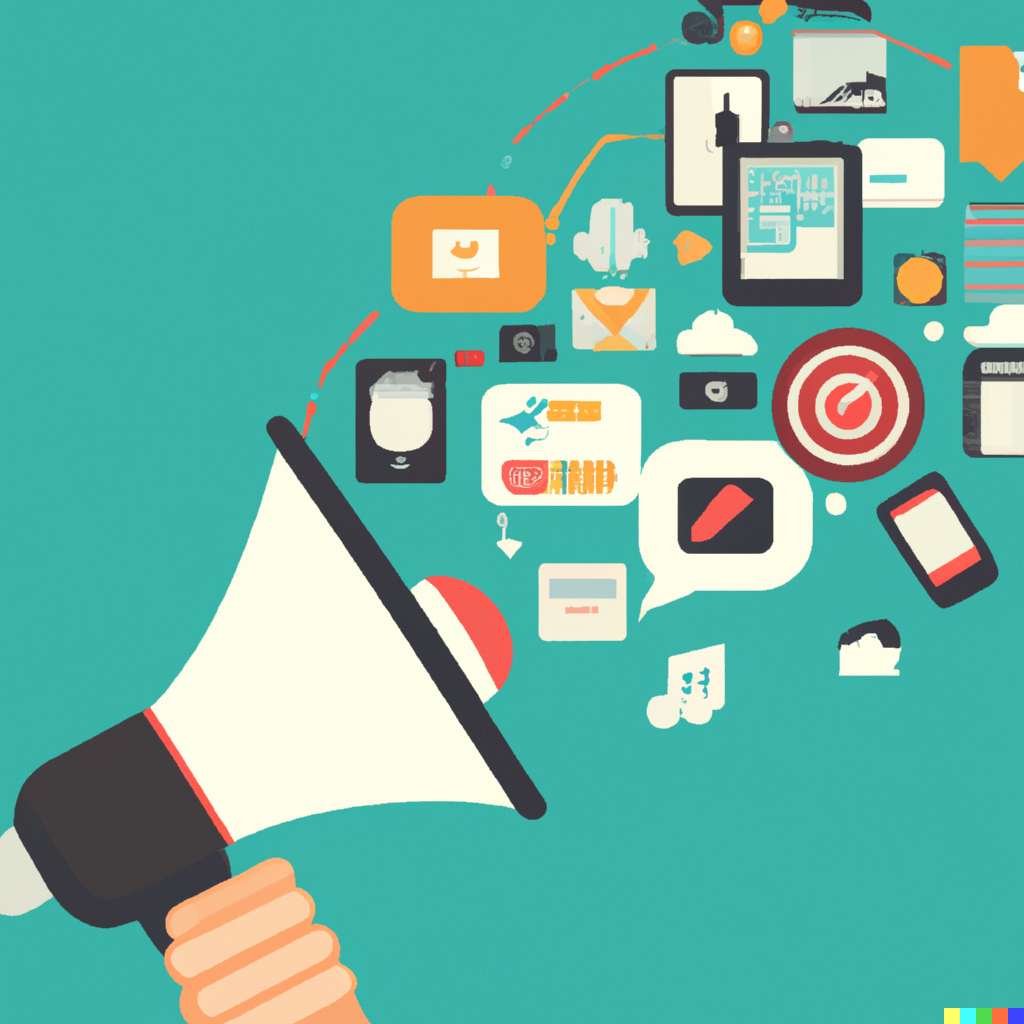March 19 | Marketing Technology

In today’s digital world, the convergence of marketing and advertising technology—commonly known as MADTech—is revolutionizing how businesses interact with their audiences. With rapid advancements in artificial intelligence (AI), data analytics, and automation, MADTech is enabling brands to deliver hyper-personalized experiences at scale. This article explores what MADTech is, its key components, benefits, challenges, and future trends.
MADTech is the fusion of MarTech (Marketing Technology) and AdTech (Advertising Technology) into a single ecosystem. It represents the integration of tools and platforms that manage customer relationships, automate marketing campaigns, analyze consumer behavior, and optimize digital advertising. The goal of MADTech is to create seamless and data-driven marketing strategies that enhance customer engagement and improve return on investment (ROI).
CDPs centralize and unify customer data from multiple sources, allowing businesses to create comprehensive customer profiles. This data is then leveraged to personalize marketing campaigns across various channels.
Programmatic advertising automates the buying and placement of ads using real-time bidding (RTB). AI-powered algorithms analyze user data to deliver highly targeted advertisements that maximize engagement and conversion rates.
AI and ML enhance customer segmentation, predictive analytics, and content recommendations. These technologies enable brands to automate decision-making, optimize ad spend, and improve customer experiences.
MADTech enables businesses to maintain a consistent presence across multiple digital touchpoints, including websites, social media, email, and mobile apps. This approach ensures a seamless customer journey from awareness to conversion.
Advanced MADTech platforms use AI to deliver personalized content, product recommendations, and tailored advertisements. Marketing automation tools help brands nurture leads through automated email campaigns, chatbots, and dynamic website content.
By leveraging real-time data insights, brands can create hyper-targeted campaigns that resonate with individual consumers, leading to higher engagement and conversion rates.
Automated ad placements and real-time bidding reduce manual effort and optimize ad spending, ensuring businesses get the best value for their investment.
With an integrated marketing approach, customers receive consistent and relevant messaging across all channels, improving brand loyalty and satisfaction.
MADTech platforms provide detailed analytics, enabling businesses to track the performance of their campaigns and make data-driven decisions for better ROI.
With increasing regulations like GDPR and CCPA, businesses must ensure that their data collection and usage practices comply with privacy laws to avoid legal repercussions.
Combining multiple MarTech and AdTech tools into a unified system can be challenging, requiring significant IT resources and expertise.
Programmatic advertising is vulnerable to ad fraud, including fake impressions and click fraud. Ensuring ad placements align with brand values is crucial for maintaining reputation.
AI and predictive analytics will continue to enhance customer segmentation, automated content creation, and real-time ad bidding, making marketing efforts more efficient.
With the phasing out of third-party cookies, businesses will adopt alternative targeting methods such as contextual advertising, first-party data strategies, and AI-driven insights.
Brands will prioritize CX-driven marketing strategies, leveraging MADTech to create seamless, personalized, and engaging interactions at every touchpoint.
Blockchain technology can enhance transparency in digital advertising, reducing fraud and improving trust between advertisers and consumers.
MADTech is reshaping the future of digital marketing and advertising by integrating cutting-edge technologies to deliver personalized, data-driven experiences. Businesses that embrace MADTech will gain a competitive edge in engaging customers, optimizing ad spend, and achieving higher ROI. As the industry evolves, staying ahead of trends like AI, privacy compliance, and cookieless targeting will be essential for long-term success.
SHARE THIS:
© Copyright 2025Global Tech AwardsAll Rights Reserved